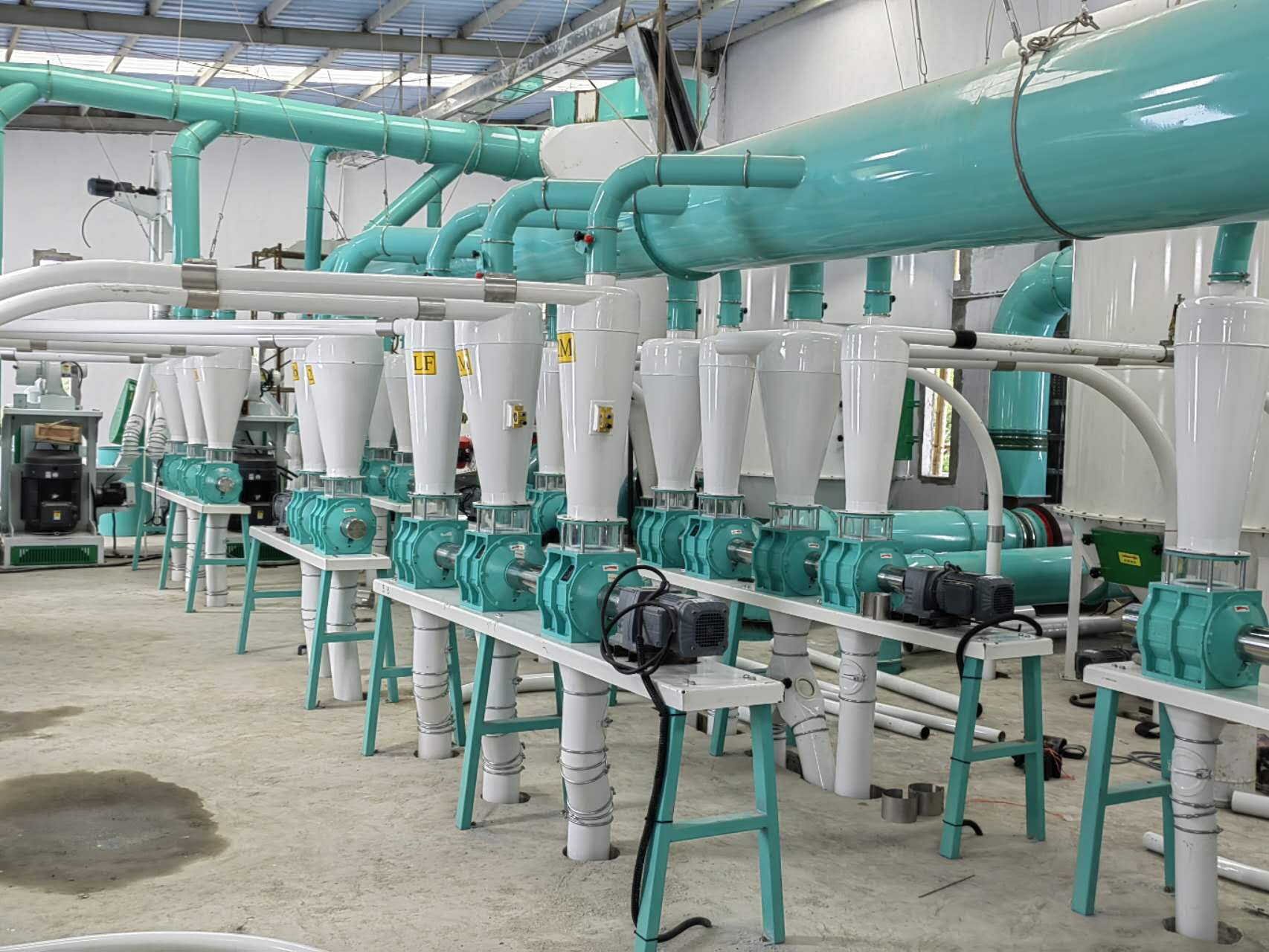Leakage of flour mill equipment is a common problem. To solve the problem of material leakage, the following steps are required:
Check equipment: First, carefully check the leaking equipment, including conveyor belts, funnels, pipes, and valves. Check for wear, cracks, leaks, or blockages.
Maintenance and repair: According to the inspection results, timely maintenance and repair of the equipment. Repair worn or cracked parts and make sure the valve closes completely. If there is a blockage problem, clear the pipe or replace the blockage.
Strengthen the seal: strengthen the seal at the part where the material may leak. For example, use appropriate gaskets, gaskets, or sealing tape. Make sure that the device connections are well-sealed and able to withstand high pressure.
Regular maintenance: regular equipment maintenance, including cleaning, lubricating, and fastening parts, etc. Regularly check whether there are hidden dangers in the equipment and deal with them in time.
Training staff: train operators and teach them the correct way to operate and maintain equipment. Remind employees to find problems and report them in time.
Use appropriate equipment: According to production needs, select appropriate equipment to ensure that the equipment can operate normally and is not prone to material leakage.
Regular inspection: Regularly inspect and maintain the equipment to ensure that the equipment is in good operating condition for a long time. Regular inspections allow early detection and resolution of leaks.
In short, to solve the problem of material leakage in flour mill equipment, it is necessary to comprehensively consider factors such as equipment maintenance, sealing, and operation. Finding problems in time and taking measures can reduce the occurrence of leakage problems.
Post time: Jul-28-2023


